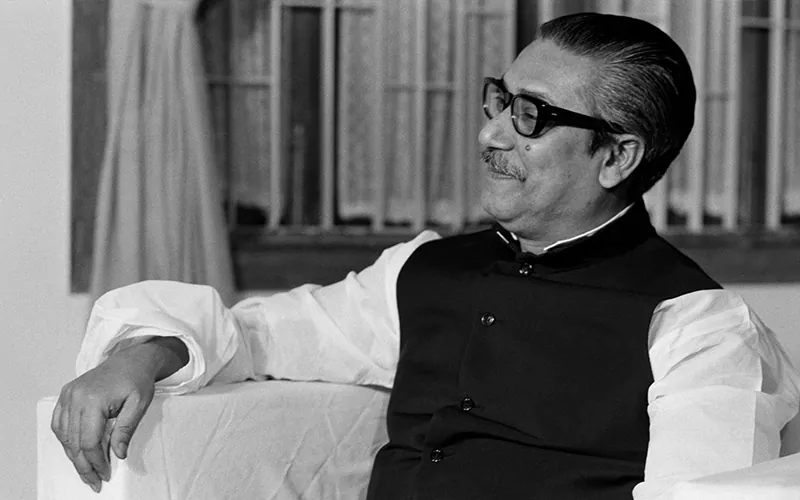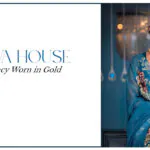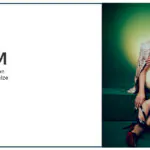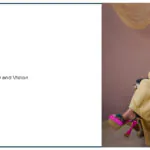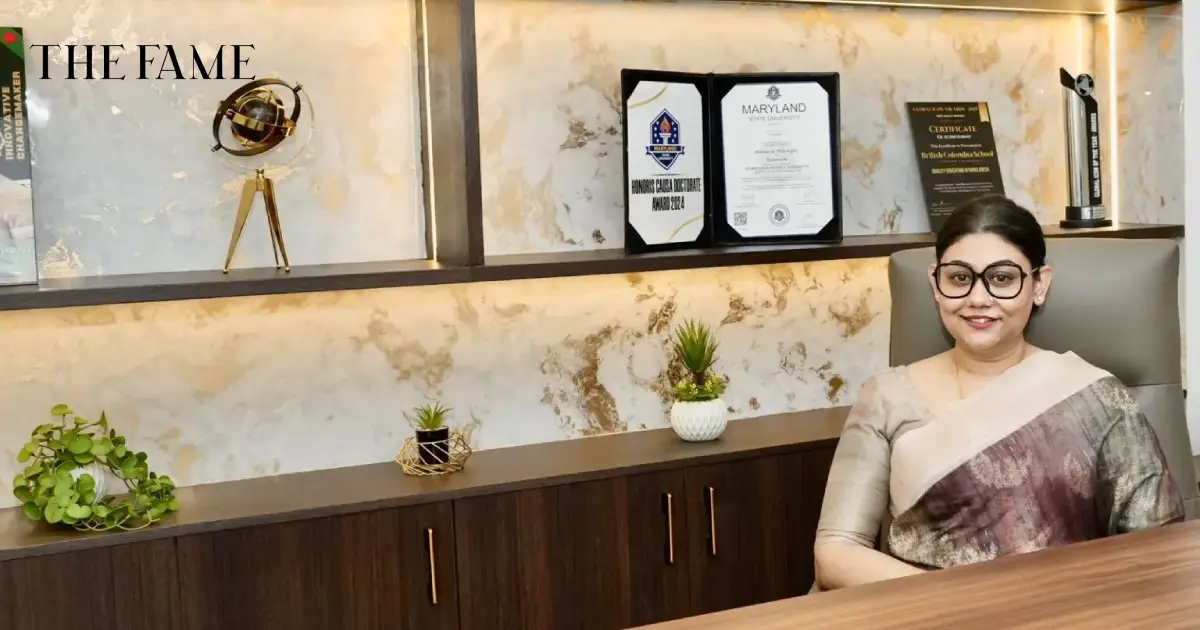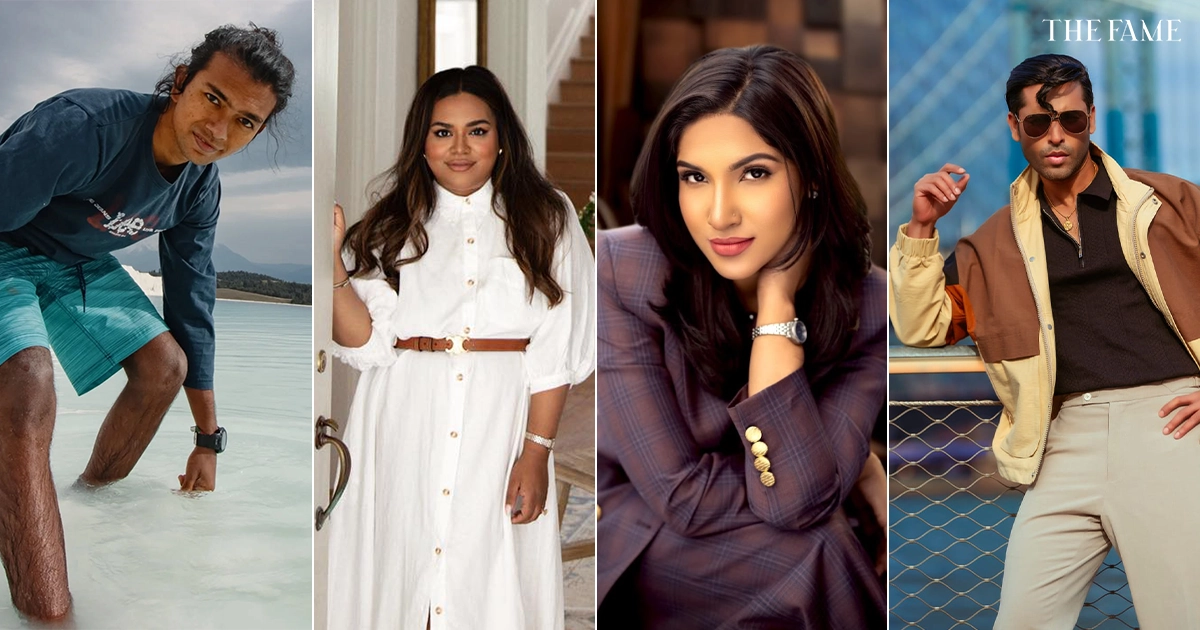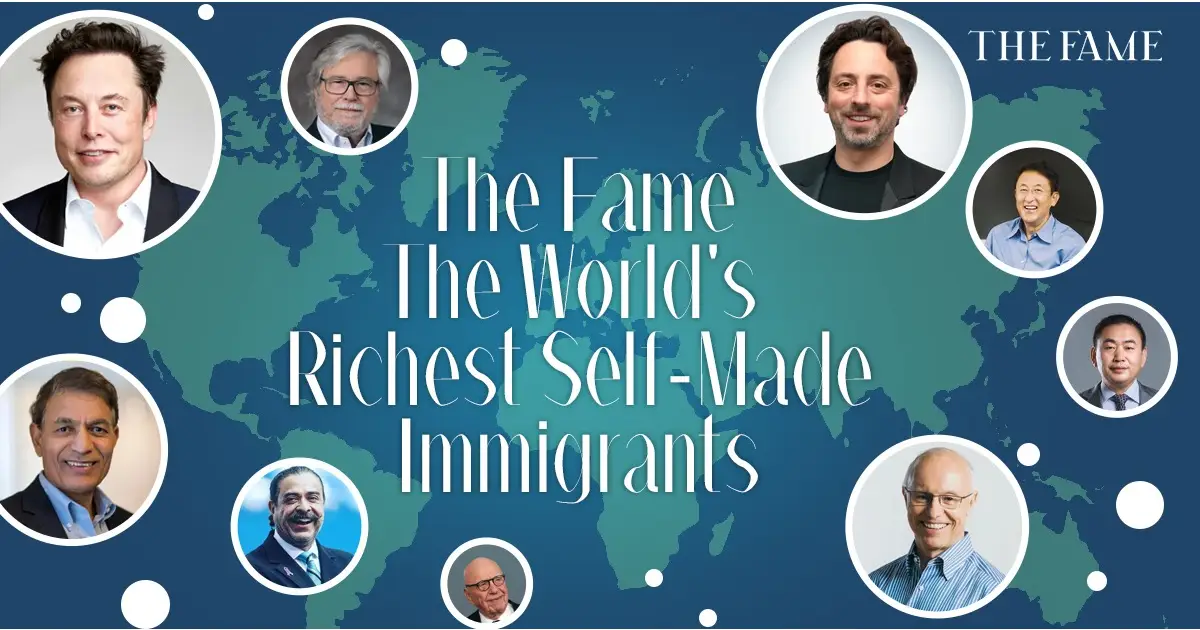Sheikh Mujibur Rahman, affectionately known as Bangabandhu, is an undeterred political figure who simultaneously emerged as a captivating style icon. His sartorial journey reveals the modest beginnings of a middle-class Bengali upbringing and being acclaimed as the Father of the Nation—each phase intricately woven into his distinctive wardrobe.
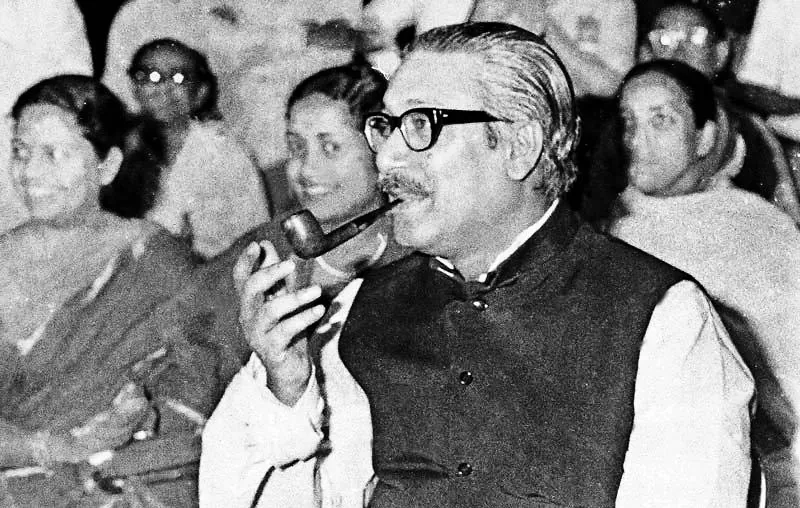
Despite his towering political stature, Mujib maintained the simplicity of casual Bengali attire in his youth. His favored ensemble included a striped lungi paired with a Punjabi or a sleeveless Sandow shirt, reflecting a genuine affinity for his cultural heritage. One distinctive feature of Mujib’s style was his brushed hair and thick-framed glasses—signature elements that added a touch of sophistication to his persona. Over time, his wardrobe transitioned from the simplicity of youth to a more formal mandate as a leader with different types of clothing, ranging from pajama-punjabi to suits and mandarin collar suits. His official attire, the mandarin collar suit, became synonymous with his leadership.
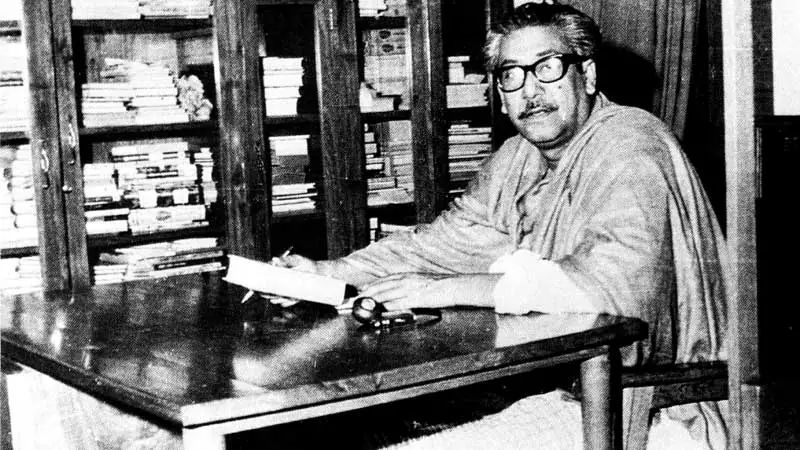
Notably meticulous about his clothing, Mujib entrusted Gentalia Tailors, located under the hospital near Bangabandhu Sheikh Mujib Medical University, with crafting his diverse outfits. Also, seasonal changes influenced his choices, with lightweight Punjabis and cotton round-neck Punjabis as his summer wardrobe, while winter saw him draped in intricately worked cashmere shawls.
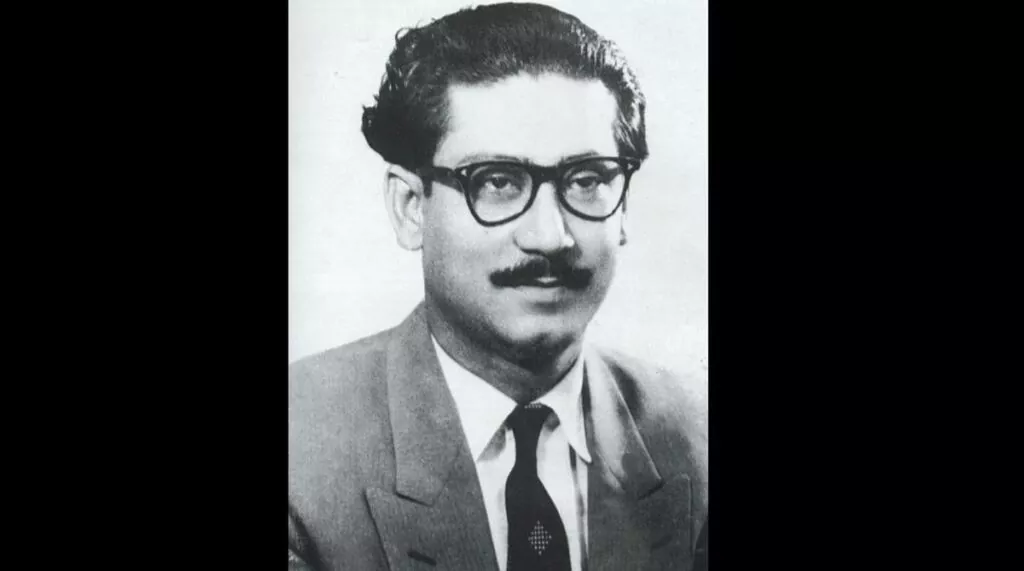
As Mujib’s political journey progressed, so did his fashion choices. From the slender youth in shirt and pants to the more formal coat-pant-tie ensemble, he effortlessly transitioned through various looks. Films captured his fashionable moments, depicting him in different attires during significant events.
Hats also found a place in Mujib’s wardrobe. Whether it was a Karakul hat while meeting Mao Tse-Tung in China or a Papakha during his visit to the Soviet Union, each hat added a cultural touch to his attire. Notably, his salute with four fingers folded symbolized the core values of secularism, democracy, socialism, and nationalism. The Mujib Coat, a sleeveless mandarin collar coat with six black buttons, became an iconic part of his wardrobe from 1968 onwards, reflecting his evolving formal aesthetic.
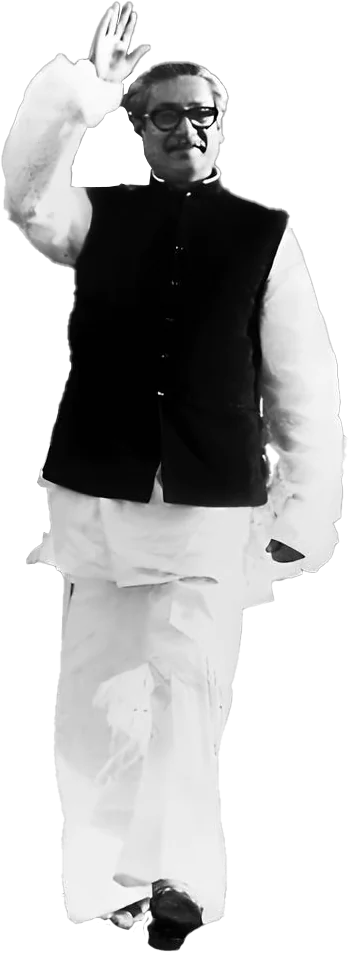
Mujib rose from an ordinary youngster to a global icon like Father of the Nation. His diverse and vibrant personality, expressed through his attire, remains a lasting legacy. On March 7, 1971, clad in his iconic black waistcoat, Punjabi, and pajamas, Mujib delivered a historic speech, culminating in the birth of a nation on December 16, 1971. His impact on Bangladesh’s history extends to both statesmanship and influential style, still resonating through the choices of many.

